Smart Home Ecosystems with Matter & IoT Integration — easier setup and cross-brand compatibility.
1. What is Matter & Why It Matters
1.1 The Problem with Smart Home Fragmentation
Before Matter, smart homes were often complicated. Some devices used Zigbee, others Z-Wave, others proprietary WiFi, Bluetooth LE, or even specialized protocols. Each brand might favor its own platform, app, or voice assistant (Alexa, Google Home, Apple HomeKit, Samsung, etc.). Users often needed multiple hubs and apps; devices might support one ecosystem but not another; setups were tedious.
This fragmentation meant:
- Higher cost (buying multiple hubs or compatible devices)
- Poor user experience (switching apps, dealing with compatibility issues)
- Locked-in ecosystems or reluctance to invest in devices that might become obsolete
- Difficulty integrating new devices into existing systems
1.2 Enter Matter: The Unifying Standard
Matter (developed by the Connectivity Standards Alliance (CSA), formerly Zigbee Alliance) is designed to solve many of these issues. It’s both a protocol / specification and a certification program. Its goals:
- Enable interoperability: devices from different manufacturers should work together under different smart home ecosystems.
- Simplify device onboarding and setup.
- Support multiple network layers (WiFi, Thread, Ethernet), and Bluetooth LE for commissioning.
- Strong security and local control (minimizing cloud dependency where possible).
- Open, royalty-free specification to encourage broad manufacturer adoption. CSA-IOT+2Silicon Labs+2
1.3 What Does Matter Promise?
Here are the main promises or benefits:
- Ease of setup: common commissioning flow, standard codes (QR, NFC, etc.), unified onboarding.
- Cross-brand compatibility: “buy Matter devices, mix & match” under any of the major platforms (Alexa, Google Home, Apple Home etc.).
- Multi-admin / multi-controller support: devices can be controlled from multiple ecosystems/controllers.
- Bridging legacy/proprietary protocols: devices using older protocols like Zigbee or Z-Wave could be included via bridges. Matter supports this bridging. smarthomecheckup.com+3Silicon Labs+3Krasamo+3
- Reliability, security, privacy: end-to-end encryption, local control (where possible), standardized security model. CSA-IOT+1
2. Core Technologies Supporting Matter & IoT Integration
To understand how Matter works and what to expect, it helps to know about the key enabling technologies and components.
2.1 Network Transports: Thread, WiFi, Ethernet, Bluetooth LE
Matter doesn’t force one type of network; it supports multiple.
- Thread: A low-power, IPv6 mesh network protocol. Great for battery powered or low-power devices (sensors, lights, switches). Thread mesh is self-healing and efficient. It provides reliable local communication, low latency. Wikipedia+2Silicon Labs+2
- WiFi & Ethernet: For bandwidth-heavy devices (cameras, speakers, hubs), WiFi or Ethernet are used under Matter. Devices with ample power and network capacity use these. Silicon Labs+2CSA-IOT+2
- Bluetooth LE: Primarily for the commissioning or onboarding phase — connecting new devices by scanning QR codes or NFC/BLE. Once on-boarded, devices may switch to Thread or WiFi for operation. Silicon Labs Docs+2CSA-IOT+2
2.2 Controllers, Commissioning, and Hubs
- Controller / Hub / Border Router: Each Matter ecosystem has controller devices (or things that act as hubs / border routers) that manage the device fabric / network. For Thread, you need border routers. Some smart speakers, smart displays, routers serve this function. Silicon Labs Docs+2smarthomecheckup.com+2
- Commissioner: The device (often a smartphone or tablet) that performs secure onboarding. Scans QR/NFC codes, provides credentials, sets up the device into the network. This simplifies setup. Silicon Labs Docs+1
2.3 Bridges & Legacy Protocol Support
Many homes have existing smart devices that are not Matter-native. To avoid requiring users to abandon existing gear, Matter supports bridges:
- A Matter bridge is a device that speaks Matter on one side and Zigbee, Z-Wave, or another proprietary protocol on the other. It translates commands so older devices can be controlled from Matter ecosystems. Silicon Labs+2smarthomecheckup.com+2
- Some hubs or device manufacturers are upgrading existing devices / hubs via firmware to add Matter compatibility. Others are introducing new hardware. The Verge+2Nexentron+2
2.4 Multi-Admin / Fabric Architecture
Matter supports what’s known as the multi-admin / multi-controller environment:
- A device can be controlled (after onboarding) by more than one controller (for example, both Apple Home and Google Home). This means you’re not locked into one ecosystem. Krasamo+2Silicon Labs+2
- The notion of “fabric”—a concept in Matter’s specification—refers to the identity and authority that controllers/devices share. Multiple fabrics can coexist. pages.silabs.com+1
2.5 Device Certification & Standards
- To use the Matter logo and guarantee compatibility, devices must be certified by the CSA. Certified devices are listed in official product certification lists. CSA-IOT+1
- The specification evolves: versioning (1.0, later 1.4, etc.) refine capabilities, add features like improved setup flows, reliability updates, etc. smarthomecheckup.com+3The Verge+3The Verge+3
3. How Matter Makes Setup Easier
One of the strongest draws of Matter is that it can substantially reduce the friction of setting up a smart home. Here are the specific ways setup is easier, and how that translates to real-world benefits.
3.1 Standardized Onboarding / Commissioning
- Matter devices come with standard commissioning options: QR codes, NFC, Bluetooth LE, etc. When you buy a device with a Matter logo, the expectation is that setup will be more consistent and predictable. Silicon Labs Docs+1
- Improvement features like “tap-to-pair” (using NFC) or multi-device setup via QR (one QR code for several devices bundled together) are being added to Matter versions. These help with speed and ease, especially for users who buy packs of devices. The Verge
3.2 Fewer Hubs / Reduced App Overheads
- Because of interoperability and bridging, many devices can be controlled by a single app/controller rather than needing brand-specific apps. For example, an Apple Home app can control Matter-certified lights, thermostats, sensors from various brands.
- Some controllers do double duty: some smart speakers, displays, or routers act as border routers or hubs. This reduces the need to purchase separate dedicated hubs. Silicon Labs Docs+1
3.3 Unified UI / Automation Across Brands
- Standards for device-types and interactions mean that automations/rules (scenes, schedules etc.) work more uniformly. E.g. turning off lights, locking doors, etc., can be made independent of brand.
- Users don’t have to recreate routines across different brand apps; they can often do it through the ecosystem app they prefer.
3.4 Better Reliability & Local Control
- Reduced dependency on cloud when possible: devices talk locally over Thread or local networks, so even if internet is down, many automations can continue.
- More predictable behavior: fewer dropped connections, lower latency, faster response when commands are given.
3.5 Ongoing Updates and Versioning
- Matter specs are versioned. Later versions add refined setup flows, better support, bug fixes, and stability improvements. For instance, version updates (1.4.1 or later) include things like improved setup flows, stability, etc. The Verge+1
- Firmware updates for devices help keep older devices working, adding new features, or ensuring better compatibility.
4. Cross-Brand & Cross-Ecosystem Compatibility: What That Looks Like in Practice
What does it actually mean when devices from different brands “talk together”? How seamless is it today? What limitations remain? Let’s look at real scenarios, what to expect, and practical tips.
4.1 Multi-Brand Device Mixes
If you have devices from multiple brands (e.g. light bulbs from Brand A, thermostat from Brand B, locks from Brand C), with Matter and proper controllers/border routers:
- They can all be set up to appear in a single smart home app (for example Google Home, Apple Home, or SmartThings) once they are Matter certified.
- They can respond to common automations. For example: “When I lock the front door, turn off lights and lower thermostat” — even though lock, lights, thermostat are from different brands.
4.2 Multi-Ecosystem / Multi-Controller Control
- With the multi-admin / multi-controller feature, you might control your devices from more than one ecosystem. For example, you have a home with both iOS and Android devices; you might use Apple Home plus Google Home; with Matter, many devices can appear and respond in both ecosystems. Krasamo+2CSA-IOT+2
- Cross-brand doesn’t just mean mixing vendors, but mixing platforms: voice assistant, mobile app, or even third-party smart home systems (e.g. Home Assistant, etc.).
4.3 Use of Thread + Border Routers
- Thread networks help with reliable local communication for low-power devices. But Thread requires border routers, which are needed to connect Thread mesh to the internet or other network segments. Many devices (smart speakers, hubs, routers) serve this role.
- The standardization of Thread + Matter means devices built for Thread are becoming more common. With more border routers, coverage improves.
4.4 Bridging Legacy Devices
- Many people already have smart home setups with non-Matter devices. Bridges allow these to be included (lights, smart plugs, sensors) so they can be used in Matter automations.
- Note: not all features of legacy or proprietary devices will map to Matter fully; some specialized features may be lost or behave differently. NXP Semiconductors+1
4.5 Consistency of Behavior & UX
- Because Matter defines data models and standard interactions (clusters, etc.), basic functionality tends to behave similarly across devices/guis. For example, turning on/off, dimming, color control for lights; locking/unlocking doors; sensors status etc.
- Where manufacturers add proprietary extras (unique gestures, special sensors), those may still need their own apps or may be exposed via Matter only partially.
5. Real-World Examples & Current Adoption
Let’s look at who is using Matter, what devices are available, recent updates, and how adoption is progressing.
5.1 Major Ecosystem Players
- Apple, Amazon, Google, Samsung (SmartThings), etc., all officially support Matter or are in the process of integrating its features. The Verge+3CSA-IOT+3Nexentron+3
- Many existing hubs or bridges are being updated to support Matter, or devices are being designed with Matter / Thread built-in. The Verge+1
5.2 Devices and Product Categories
- As of late 2024 / early 2025, many smart home devices are Matter-certified: lights, switches, plugs, locks, thermostats, sensors. But some categories (e.g. full-featured security cameras, appliances) are slower to catch up. The Verge+2IoT For All+2
- Example: Philips Hue, Nanoleaf, Aqara, etc., have many devices or bridges that now support Matter. The Verge+1
5.3 Recent Improvements
- Matter version updates (1.4.1, 1.4.2) have focused on setup improvements (tap-to-pair, multi-device QR), better stability, reliability, WiFi-only device onboarding, etc. The Verge+1
- Samsung SmartThings has added features to integrate Thread border routers from other ecosystems, enabling Thread network credential sharing (Thread 1.4 “two-way network unification”) so that border routers of different brands can join the same Thread mesh. This improves cross-brand interoperability. The Verge
5.4 User Experience: What Early Adopters Report
- Many users find setup much smoother when devices are Matter-certified. Fewer “this device only works with brand X hub” cases.
- Mixed results still exist: some devices still require proprietary apps for full feature sets; firmware updates may be delayed; some incompatibilities still crop up.
- Also, homes with many Thread devices report better connectivity and responsiveness due to mesh network; but coverage (density of border routers / nodes) matters.
6. Challenges, Trade-Offs & Limitations
While Matter brings substantial improvements, it is not a cure-all. Knowing the challenges helps set realistic expectations.
6.1 Not All Device Types Are Fully Supported Yet
- Some classes of devices (high bandwidth video streaming, complex appliances, certain sensors) are slower to adopt or have partial support.
- Sometimes new features or advanced capabilities on devices are not fully exposed via Matter (i.e. manufacturer apps still needed for extras).
6.2 Variations Between Ecosystems & Firmware
- Different ecosystems may adopt different parts of Matter spec at different times. Version differences can lead to some devices working better in certain ecosystems.
- Not all devices receive timely firmware updates to fully support Matter features or resolve bugs.
6.3 Bridge & Legacy Device Gaps
- Bridging older protocols (Zigbee, Z-Wave, etc.) means translation. Some features may not translate cleanly. Latency or behavior may differ. NXP Semiconductors
- Some legacy devices may never become Matter-native due to hardware constraints.
6.4 Network Infrastructure & Border Routers
- For Thread mesh networks, you need enough border routers/devices to ensure reliable communication. Gaps in coverage reduce benefits.
- WiFi congestion, instability, or weak WiFi signal can degrade performance.
6.5 Cost / Hardware Investments
- Some existing devices may have to be replaced. Buying Matter-certified gear or hubs may involve cost.
- Users may have to invest in better routers, border routers, or ensure their network supports the required protocols.
6.6 Confusion & Marketing Overlaps
- Some “Matter” labeled devices may still require proprietary hardware or hub for full functionality; or be “Matter via a bridge,” which may be less direct than “native Matter.” That can be confusing for consumers. (E.g. users report devices advertised as Matter but still needing brand-specific hubs.) Reddit+1
6.7 Security / Privacy Concerns
- Although Matter emphasizes security, IoT in general has risks. Devices need regular updates; implementations must follow best practices.
- Local vs cloud control: some devices rely heavily on cloud for certain features, which introduces latency, privacy, or reliability risks.
7. Key Criteria for Choosing / Building a Matter-Enabled Smart Home
If you’re deciding what smart home ecosystem or which devices to buy (or planning to build your system), here are criteria and checklists to ensure you get a good experience.
| Category | What to Check / Ask | Why It Matters |
|---|---|---|
| Matter Certification | Ensure the device is officially Matter-certified (logo, listing). Check version (1.0, 1.4 etc.). | Certified devices more likely to interoperate reliably, get firmware updates. |
| Communication Protocols | Does the device support Thread vs WiFi vs both? Does your hub/router offer Thread border router capabilities? | Thread offers advantages in reliability, latency, low-power; WiFi offers bandwidth; combination gives flexibility. |
| Hub / Border Router Support | Does your current hub / router / smart speaker serve as a border router? If not, do you need a separate device? | Ensures devices can communicate across mesh networks and connect beyond local networks. |
| Firmware Update Policy & Manufacturer Support | Is the manufacturer known to issue firmware updates promptly? Do they expose Matter features fully? | Keeps devices secure, adds new features, fixes bugs. |
| Cross-Controller Support | Can the device be controlled from multiple platforms (e.g. Alexa + Google + Apple)? Is multi-admin supported? | Helps avoid lock-in; flexibility if you change your device preferences. |
| Native vs Bridge Implementation | Is the device natively Matter? Or is it Matter via a bridge / hub? What features are lost via bridging? | Native often offers lower latency, better integration; bridging may limit some functions. |
| Device Category & Functionality | If you need cameras, vacuum robots, appliances etc., check if your desired device category is well supported in Matter in your ecosystem. | Ensures the features you need are available and work well. |
| Network Infrastructure | Strong WiFi network; sufficient coverage; enough mesh nodes / border routers; low interference. | To ensure reliability; missing nodes or weak signals reduce experience. |
| Security & Privacy | Local control where possible; data handling; encryption; authentication. | IoT devices are potential attack vectors; responsible implementation matters. |
| Cost & Future Proofing | Total cost over time (device cost + upgrades); how well devices may continue to be supported; whether your purchases will remain compatible in future. | Helps get long-term value from smart home investment. |
8. Use Cases: What Matters Most for Different Users
Different people have different priorities. What’s essential for you may differ from what someone else needs. Below are user types and what they usually care about, in the context of a Matter-based smart home.
| User Type | Main Priorities | How Matter Helps | Things to Watch Out For |
|---|---|---|---|
| Homeowners / Consumers (general) | Simplicity, reliability, ease of use; minimal fuss; mixing devices from different brands; strong routines / automations. | Matter simplifies onboarding, reduces app scatteredness, allows mixing brands; better local control = fewer cloud lags. | Initial cost of switching; ensuring network reliability; making sure lots of devices in the categories you care about are supported. |
| Tech / Enthusiasts / DIY-ers | Fine-tuned control, custom automations, integrating legacy gear, possibly using platforms like Home Assistant. | Matter’s open specification + bridges + multi-admin help; enthusiasts can build robust systems with local control and add many brands. | Complexity; potential for mismatches in features; sometimes need deeper technical knowledge to debug. |
| Renters / Temporary spaces | Portability, minimal installation, affordability, compatibility. | Choosing devices that are plug-and-play Matter-certified; minimal infrastructure; devices that don’t require rewiring or invasive setup. | Risk that some wall-wired or built-in devices aren’t easily replaceable; needing plug sockets or hubs. |
| Smart Home for Security / Safety / Critical Use | Reliability, latency, local control, encrypted communication, fallback when internet is down. | Matter’s design helps: local networks (Thread), robust protocols, strong security model. | Some devices may still need cloud; ensuring firmware updates; carefully reviewing security track record of brands. |
| Multi-Platform Households (mix of iOS & Android, different family preferences) | Being able to use devices across different assistants or apps; not being locked to one brand. | Multi-admin, cross-controller, cross-brand compatibility of Matter gives flexibility. | Some ecosystems may lag in feature roll-out; some devices behave differently depending on which controller you use. |
9. Security, Privacy & Reliability Considerations
Because smart homes touch on personal lives, security and privacy must be front and center.
9.1 Security Features Baked Into Matter
- Matter mandates secure onboarding (device authentication, provisioning codes, etc.) to prevent unauthorized additions. Silicon Labs+1
- Encrypted communication between devices; secure firmware updates.
- Use of well-tested cryptography and standards; open development helps peer review.
9.2 Local vs Cloud Control / Resilience
- One advantage of Thread + Matter is local control: many automations, device responses happen locally without needing cloud servers. This improves reliability especially if internet is down.
- But some features (remote access, voice assistant cloud services, some integrations) will still need cloud. Knowing which features do require cloud helps you plan.
9.3 Privacy & Data Handling
- Devices may gather data (sensor data, usage, voice etc.). Privacy policies of manufacturers are important.
- On Matter devices, check whether features can be disabled / data kept local.
9.4 Interoperability vs Attack Surface
- More connected devices / platforms means more potential attack vectors if not properly secured. Ensure your home network is secure: strong router, updated firmware, separation of IoT traffic from sensitive devices (e.g. using VLANs or guest networks).
9.5 Reliability & Quality of Implementation
- Specification compliance doesn’t always guarantee perfect behavior. Implementation matters: how well the device supports network drops, firmware bugs, update latency, etc.
- Also, support from manufacturer matters. Poor support can undermine even well-specified devices.
10. Future Trends: What to Expect in Smart Home Ecosystems
The smart home space is evolving quickly. Here are trends likely to shape the next few years.
10.1 Broader Device Category Coverage
- More Matter-compatible devices in harder categories: cameras, security systems, kitchen appliances, HVAC, EV charging etc.
- Better integration of high-bandwidth, high-power devices into Matter ecosystems.
10.2 Improved Setup & Onboarding Tools
- More intuitive onboarding: better QR/NFC/tap-to-pair flows; more “one scan for multi devices” support; simplified procedures for users. (Matter 1.4.1 etc.) The Verge
- More border router support built into commonly used devices (routers, speakers, etc.), reducing need for users to purchase extra hardware.
10.3 Enhanced Cross-Brand / Cross-Platform Features
- As more devices implement multi-admin, expect smoother experiences when using the same device via different ecosystems.
- Better UI consistency, more standard behaviors across platforms.
10.4 Energy Efficiency & Low-Power IoT
- Optimizations in Thread / Matter for low-power consumption will continue. Devices running months or years on small batteries will become more reliable.
10.5 Smarter Automation, AI / Edge Intelligence
- More intelligence built-in: devices that adapt to activity / user habits; predictive automation; edge-based AI so that decisions are fast and local.
- Integration with smart assistants in richer ways, without needing cloud.
10.6 Reliability, Stability & Spec Maturation
- As versions mature, expect fewer bugs, improved stability, better support for offline behavior. Updates to the Matter spec (e.g. improving Thread network co-operation, border router credential sharing etc.) with improved performance.
10.7 Wider Global Adoption & Vendor Diversity
- More brands (both big and smaller) adopting Matter; better pricing; more regional availability.
- Greater international support for localized language, regional standards, etc.
11. Conclusion
Smart home ecosystems stand at a turning point. With Matter and the associated IoT integration, many of the traditional headaches — device incompatibility, multiple apps, frustrating setup — are becoming solvable. Matter delivers a common framework so devices from different brands can work together, onboarding is more predictable, control from multiple ecosystems is possible, and users don’t have to be tied to one vendor.
However, the transition is still underway. Some device categories lag, firmware/update support isn’t perfect everywhere, and user expectations still vary. To make the most of what Matter offers, you need to choose wisely: certified devices, good hub / border router support, reliable network infrastructure, and manufacturers known for quality and good support.
If you’re building out or upgrading your smart home, now is a good time to lean into Matter-enabled devices, plan for future growth, and invest in a solid foundation (strong network, hubs / border routers) so that newer devices fit in snugly. The promise is a future where smart home devices just work — regardless of brand — and setup is no longer something to dread but something you can do quickly and enjoyably.
Share this content:
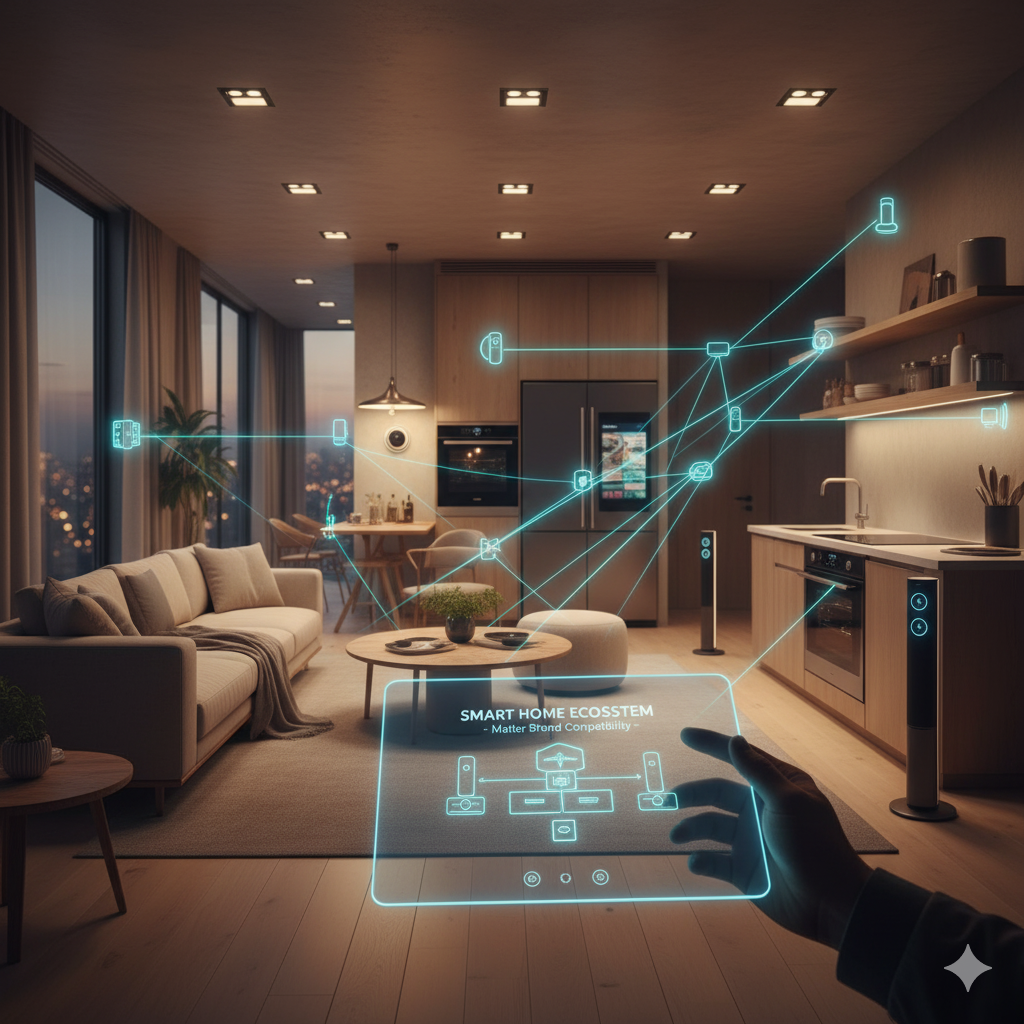

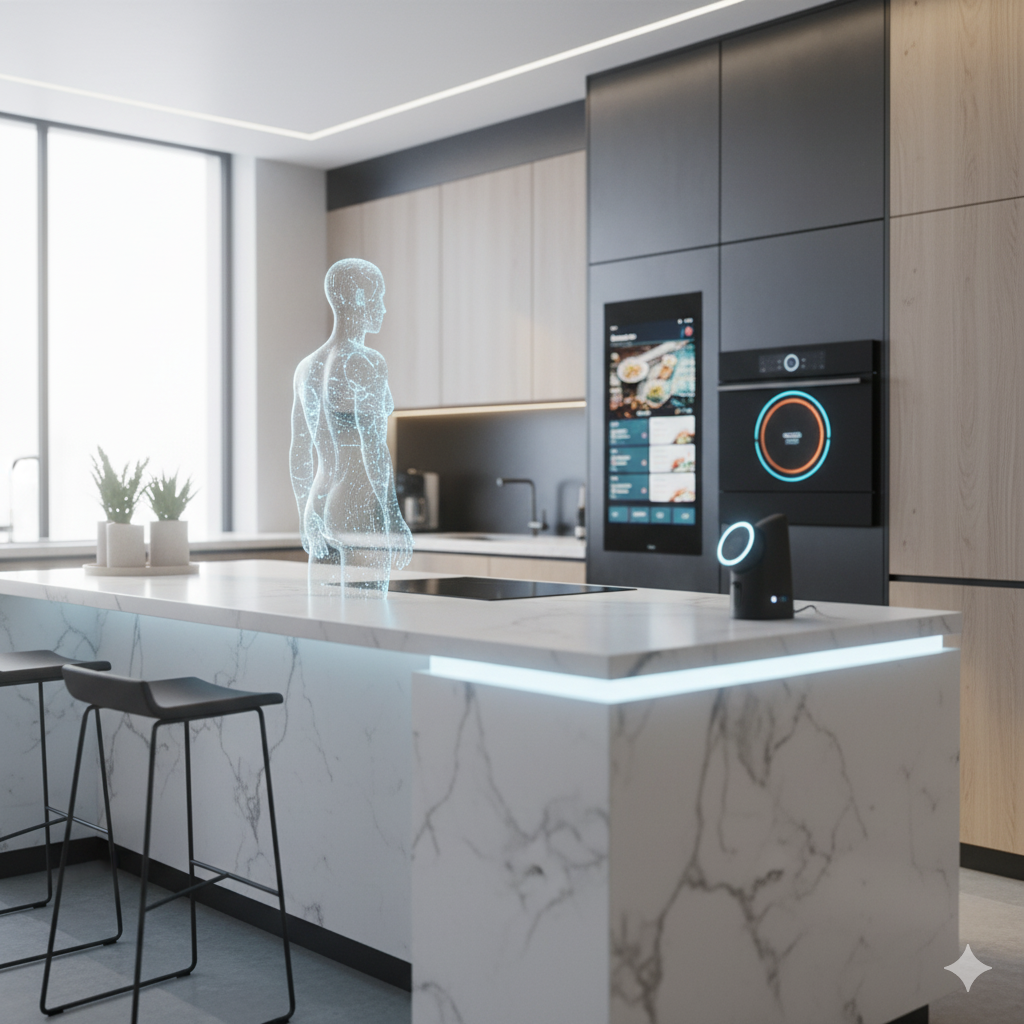


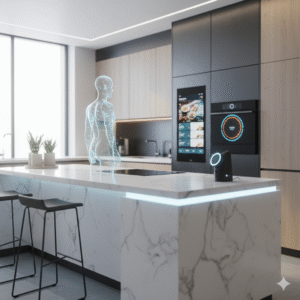
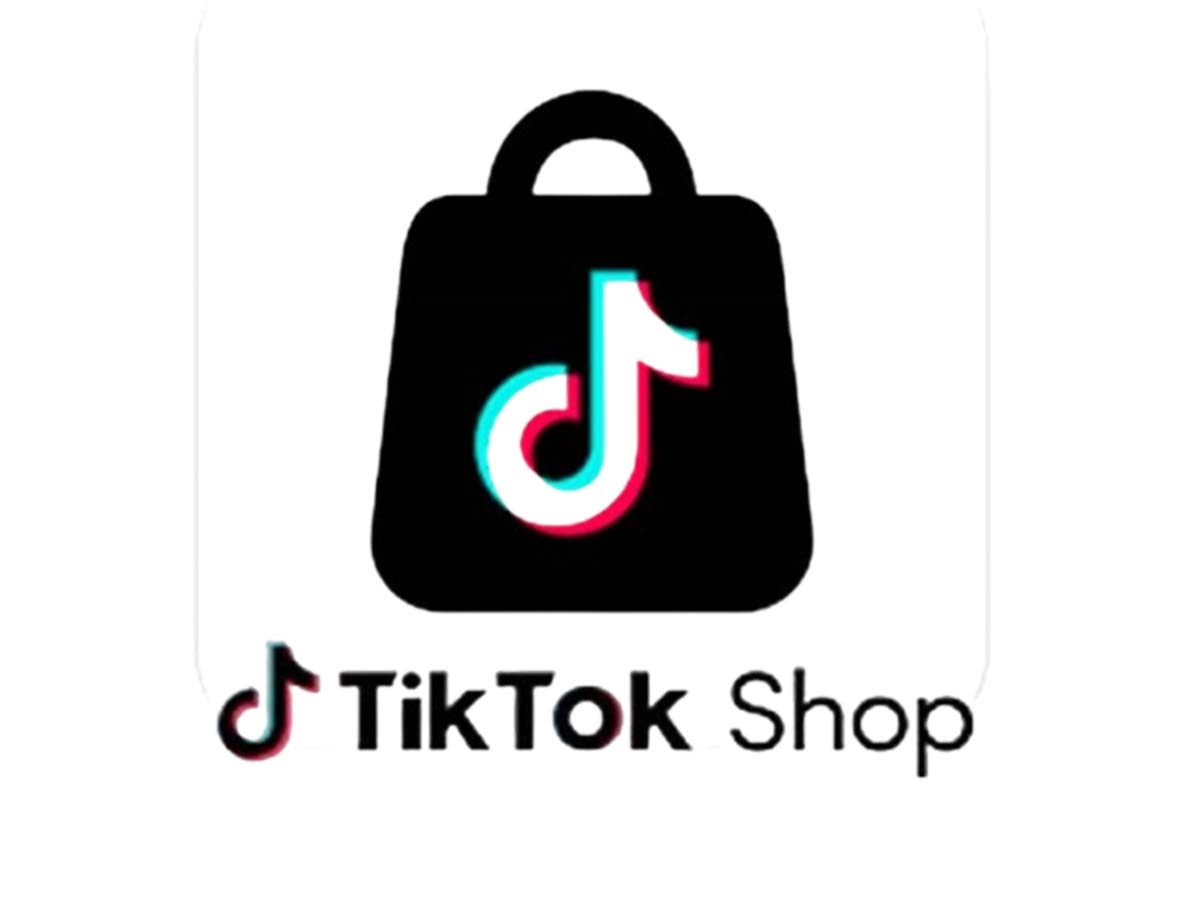
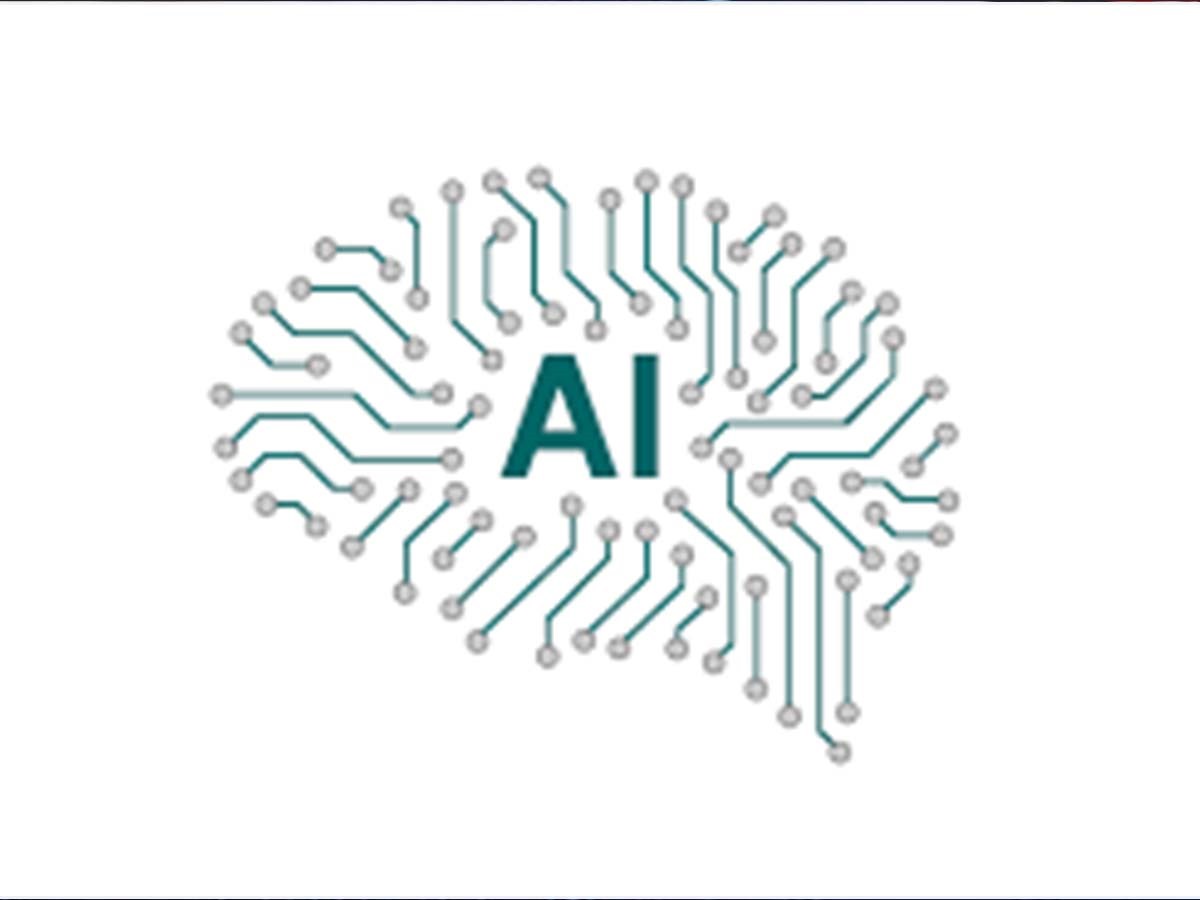
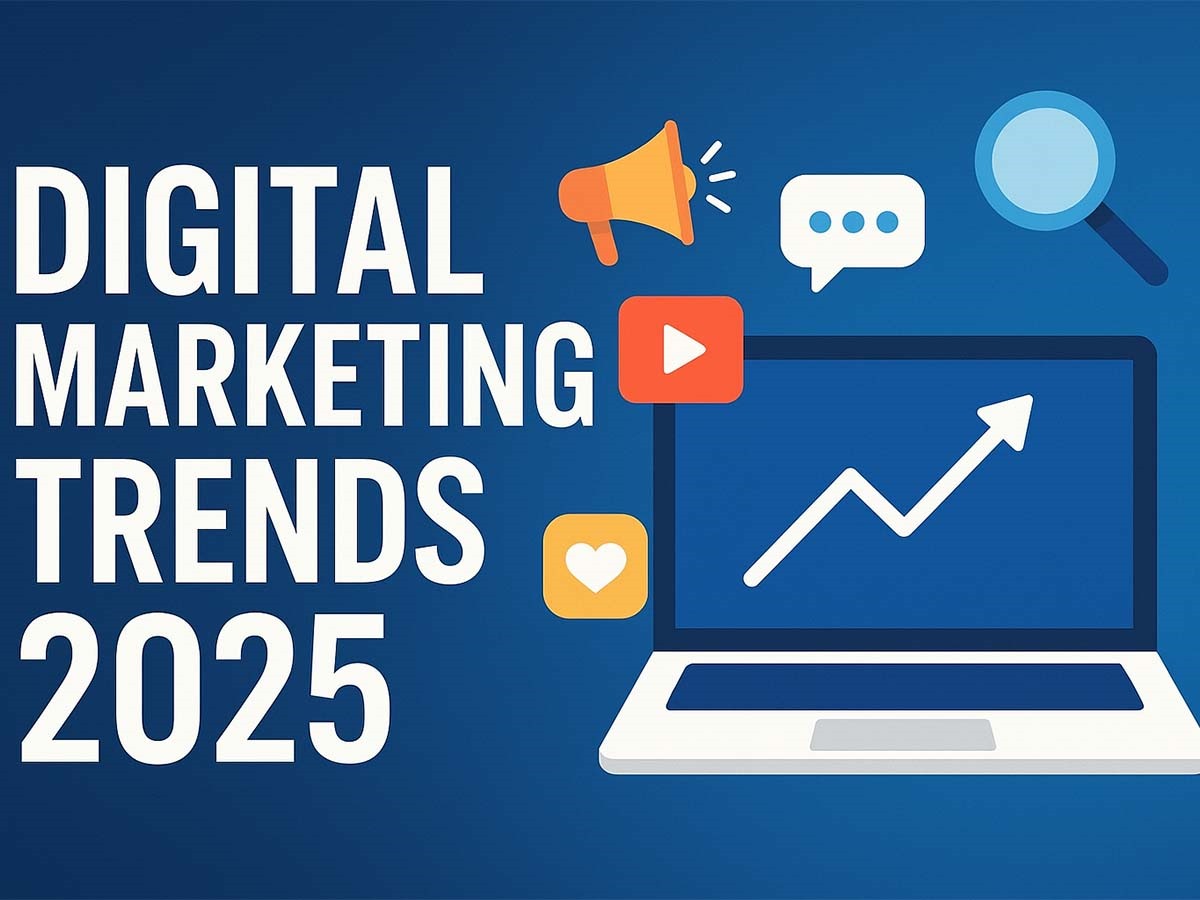

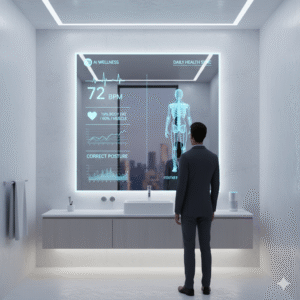
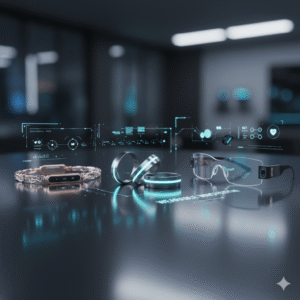
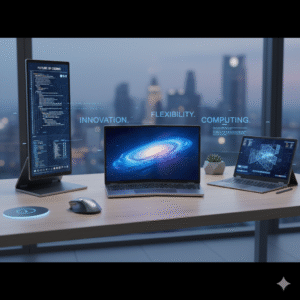
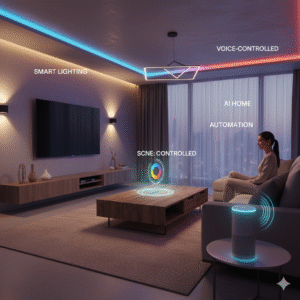
Post Comment